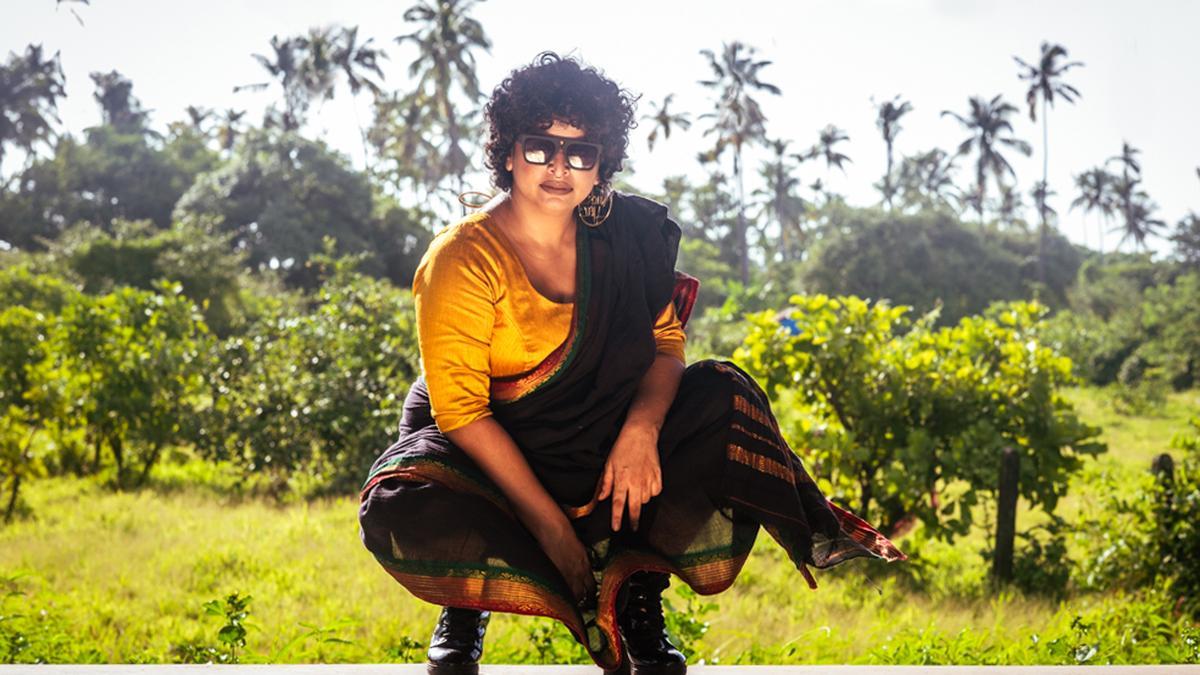
What unfolds when a group of devoted students of Carnatic music convenes not only to harmonize melodies but also their thoughts on music? A unique coupling of passion and intellectual exchange gave rise to Kural: Voices in Music, an avant-garde e-magazine conceptualized by Preeti Sethuraman, Bhavya Hari, and V Subashri during a routine practice session. The genesis of Kural was almost serendipitous, as the trio hadn’t anticipated that their shared love for music would cultivate a new ground for musical scholarship and community.
Preeti Sethuraman, while deeply engrossed in her Ph.D. in Indian music, reminisces on the day Kural took its first breath, detailing how the content and the magazine’s very moniker sprung to life in just a day. Subashri, herself immersed in academic rigor pursuing a Ph.D. in physics, elucidates that ‘Kural’—denoting ‘voice’ in Tamizh and symbolizing ‘Sadja,’ the foundational note in Indian classical music—is their endeavor to shine a light on intriguing elements of Carnatic lore for a vast audience comprising students, aficionados, musicians, and educators.
April 16, 2023, marked the debut of Kural’s inaugural edition, timed to celebrate the birthday of S. Sowmya, their revered guru. The magazine mirrors the erudition and creativity foundational to Sowmya’s pedagogy, as noted by Bhavya. Kural’s creators feel fortunate to receive her counsel from its very inception.
Encouraging learner contributions, Kural is a platform for the expression of varying perspectives within the realm of Carnatic music. Student Aaditya Rangan, after the publication’s first two issues, joined the initiative and finds that the scholarly exchanges and research involved are as enriching as they are educational.
Kural’s pages are rich with segments tailored to offer a gamut of viewpoints and insights. ‘Perspectives’ offers interviews with maestros; ‘Kutcheri Chronicles’ and ‘Book-a-thon’ present critiques of concerts and books, respectively. Creative sections like ‘Aavali’ blend music with narrative arts, and ‘Word bytes’ demystify technical jargon found in musicology.
Investigative pieces in ‘In a nutshell’ share expert knowledge of Carnatic music, ‘Inniku enna kekkalaam’ analyzes historical musical renditions, and ‘Kural vlogs’ transport readers to unique musical happenings and historical sites. ‘Laya 360’ features in-depth discussions on rhythm, while ‘Kids’ Corner’ is an educational treat focusing on 113 talas from the Tamizh musical treatise Chachaputa Venba, curated by Aaditya.
Kural invites interactivity through its chat rooms, suggestion boxes, quizzes, and puzzles themed around the Carnatic tradition. A profound portion of the magazine, ‘The Voice it out,’ where students deliberate over pertinent social issues, has garnered considerable readers’ interest. Topics such as divinity’s role in music and the impact of Carnatic music on children with special needs are penned by contributors from their community of young learners.
The editorial team of Kural confesses to a familiar struggle—balancing academic pursuits with their dedication to the magazine and their musical performances. Nonetheless, their resolve to inspire and perpetuate the continuity of Kural is unwavering.
Recently, the team spearheaded the Kural Competitions, a series that encompasses painting, creative writing, photography, and more, embracing a positive response from participants. The awards ceremony is slated for April 19, with aspirations to establish the event annually. As they look to official registration for Kural, they acknowledge a growing need for financial support.
For an in-depth journey through the evocative world of Kural or to join a burgeoning community of Carnatic enthusiasts, one may delve into https://www.kuralmagazine.in/.










